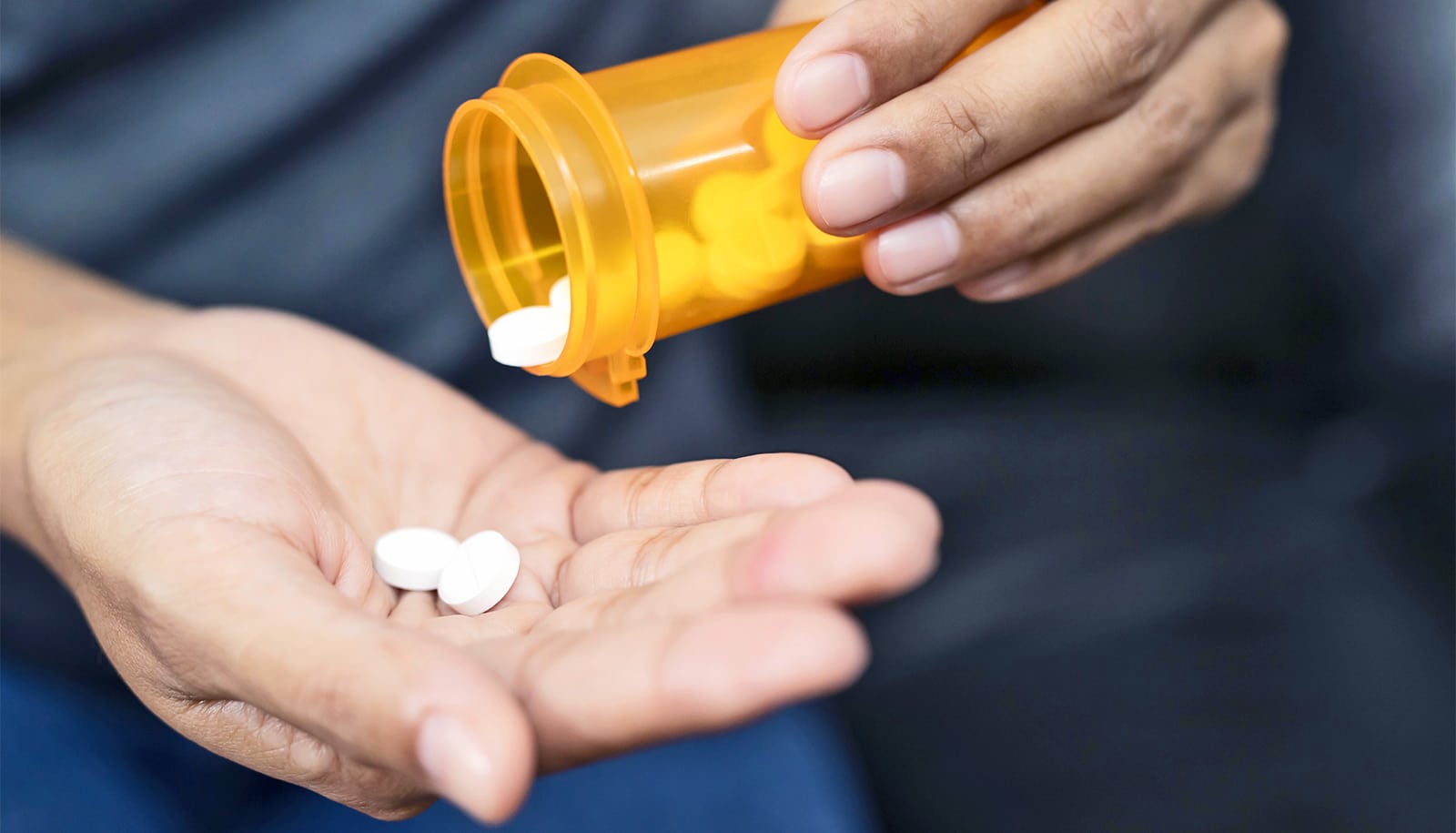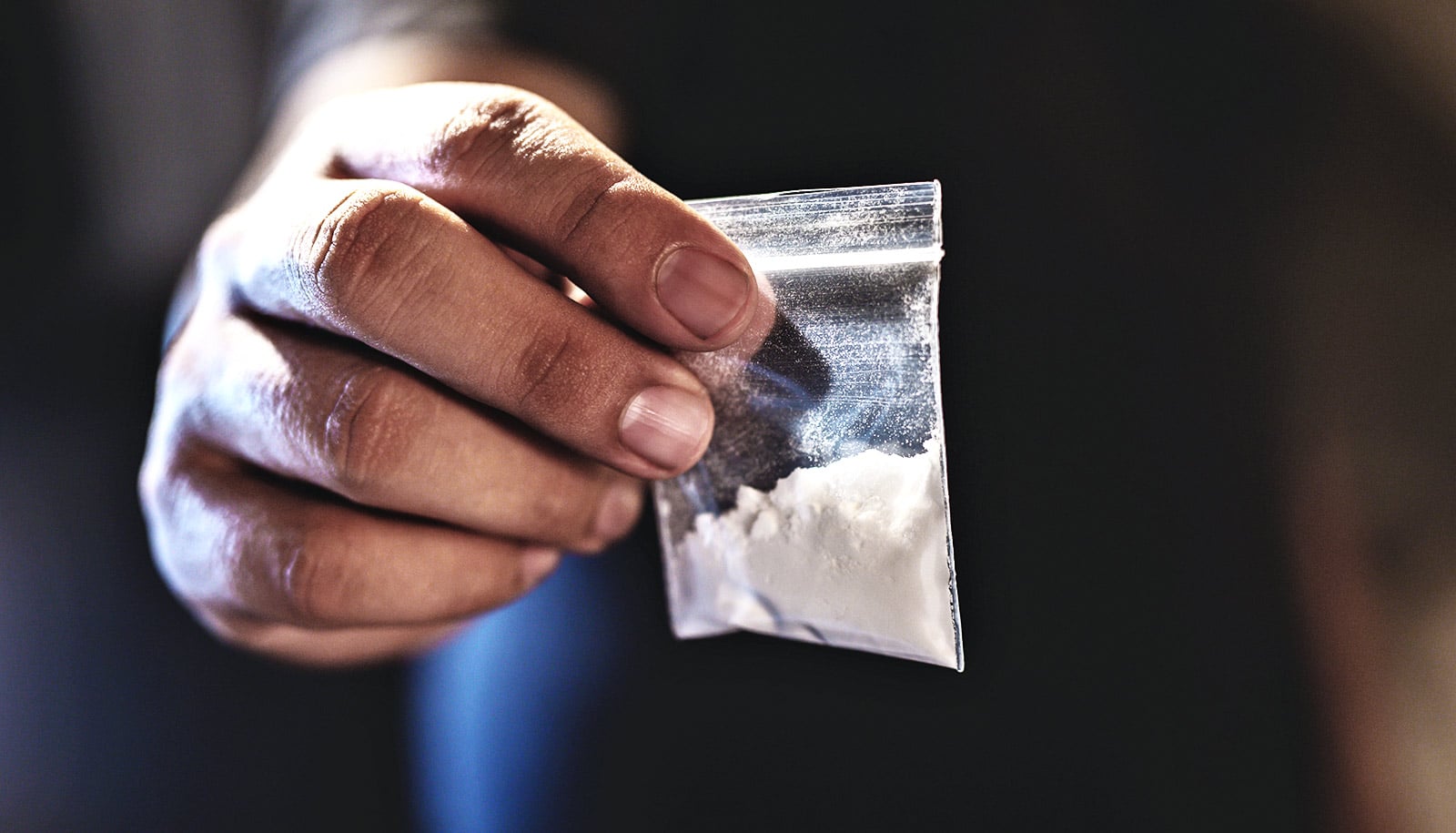New research in North Carolina indicates that law enforcement could hamper the effectiveness of harm reduction programs.
In 2016, North Carolina enacted legislation providing legal protections to people who make use of programs designed to reduce harms associated with illegal drug use. However, a new study finds that law enforcement doesn’t uniformly recognize these legal protections.
“Harm reduction efforts, such as syringe services programs (SSPs), are scientifically proven to reduce overdoses and communicable diseases without exacerbating drug use,” says Jennifer Carroll, an assistant professor of anthropology at North Carolina State University and lead researcher of the study.
“SSPs are also effective at linking people to substance use treatment, but harm reduction services are only effective if people feel safe using them. The goal of the legal protections put into place in North Carolina in 2016 was to save lives by ensuring that people could safely engage with these programs without fear of being charged with illegal syringe and paraphernalia possession. With that in mind, we wanted to know if people using SSPs since the passage of the 2016 legal protections felt that the protections were being honored by law enforcement.
“This study is not only relevant to North Carolina, but also raises important questions about whether similar challenges may be hampering efforts across the country. This is a particularly timely question, because a tremendous amount of money is about to be injected into counties across the country as a result of the Global Opioid Settlement, with the goal of reducing harms associated with opioids. SSPs are some of the key opioid mitigation strategies allowable under the global settlement.”
The study focused specifically on the experiences of SSP participants, meaning people who use drugs and seek harm reduction services such as access to sterile syringes, overdose prevention, and response training, and other evidence-based public health tools—such as naloxone and fentanyl test strips.
“Our study focuses on the relevant experiences SSP participants have with law enforcement, but its findings do not explicitly address the impact those experiences had on their use of SSPs,” says Brandon Morrissey, a PhD student at NC State and first author of the paper. “However, the findings do raise questions about the effectiveness of the existing legal protections—as well as whether law enforcement’s failure to acknowledge those protections is limiting the public health benefit of the SSPs.”
For the study, researchers surveyed 414 people from across North Carolina who make use of SSPs. The survey addressed a variety of issues related to study participants’ drug use, their use of SSPs, and their related experiences with law enforcement. More than half of participants reported having “negative experiences” with law enforcement related to the implementation of the 2016 legal protections.
For example, study participants frequently reported that law enforcement officials said they weren’t aware of the law; refused to accept the documentation showing that the syringes or other supplies were from an SSP; confiscated the supplies participants received from the SSP; or arrested participants for having the supplies.
“Put simply, the benefit of harm reduction programs is severely handicapped when law enforcement officials confiscate clean needles or naloxone from people who have obtained those supplies from a state-recognized SSP,” Carroll says.
“Our findings show that, despite laws which protect SSP participants from charges, negative law enforcement experiences are still widely reported,” Morrissey says. “Evidence-based policy interventions to reduce fatal overdose are undermined by these experiences.”
The study also found that the behavior of law enforcement officials in regard to the 2016 legal protections varies tremendously from county to county.
“This suggests that law enforcement leadership at the local level is influencing how law enforcement officials interpret the legal protections,” Carroll says. “This, in turn, suggests that stronger state-level guidance is needed regarding how law enforcement should be implementing these legal protections.”
The paper appears in Harm Reduction Journal. Coauthors of the paper are from the University of North Carolina at Chapel Hill; Boston University; and the North Carolina Harm Reduction Coalition. The work had funding from the University of Baltimore’s Combating Overdose through Community Level Intervention program.
Source: NC State



